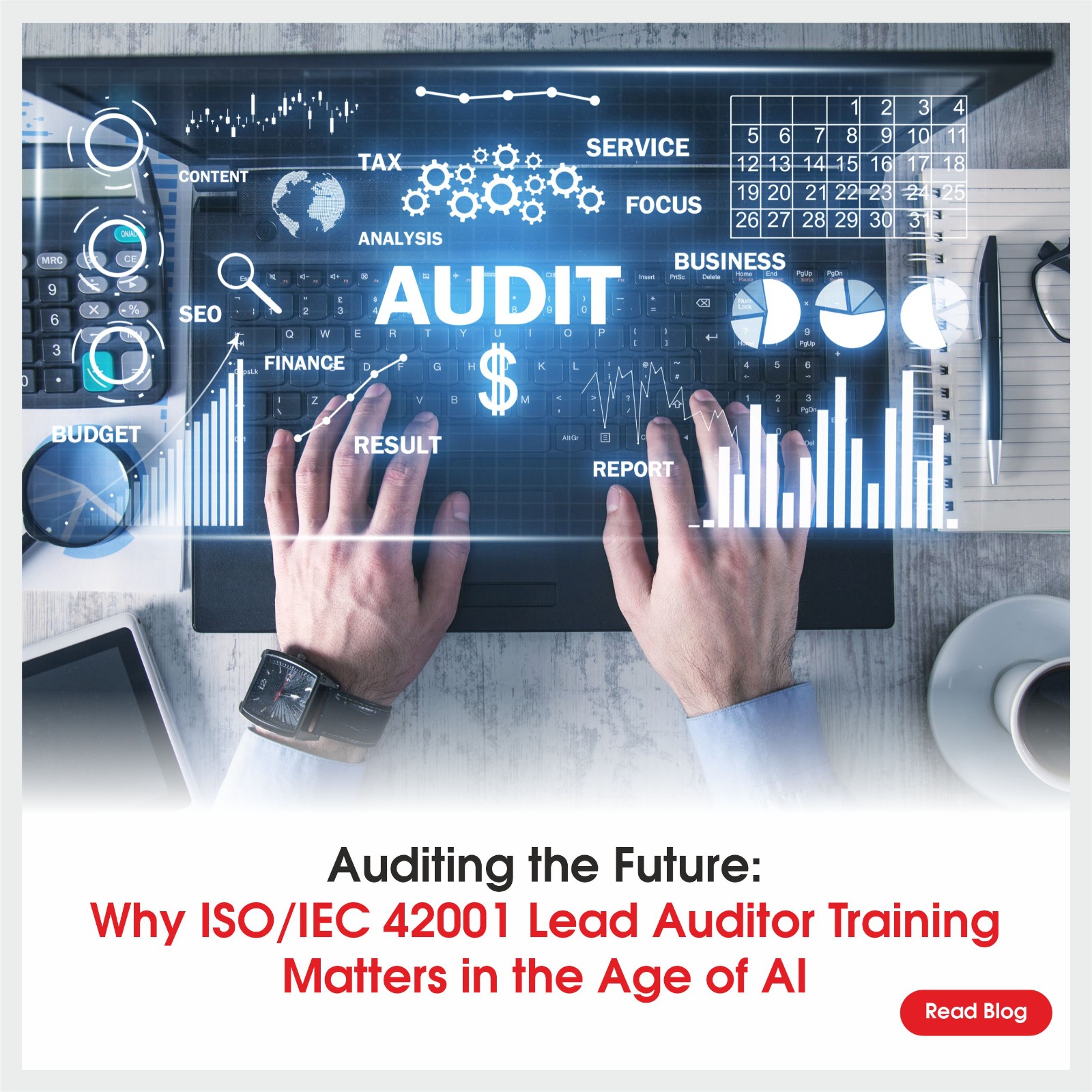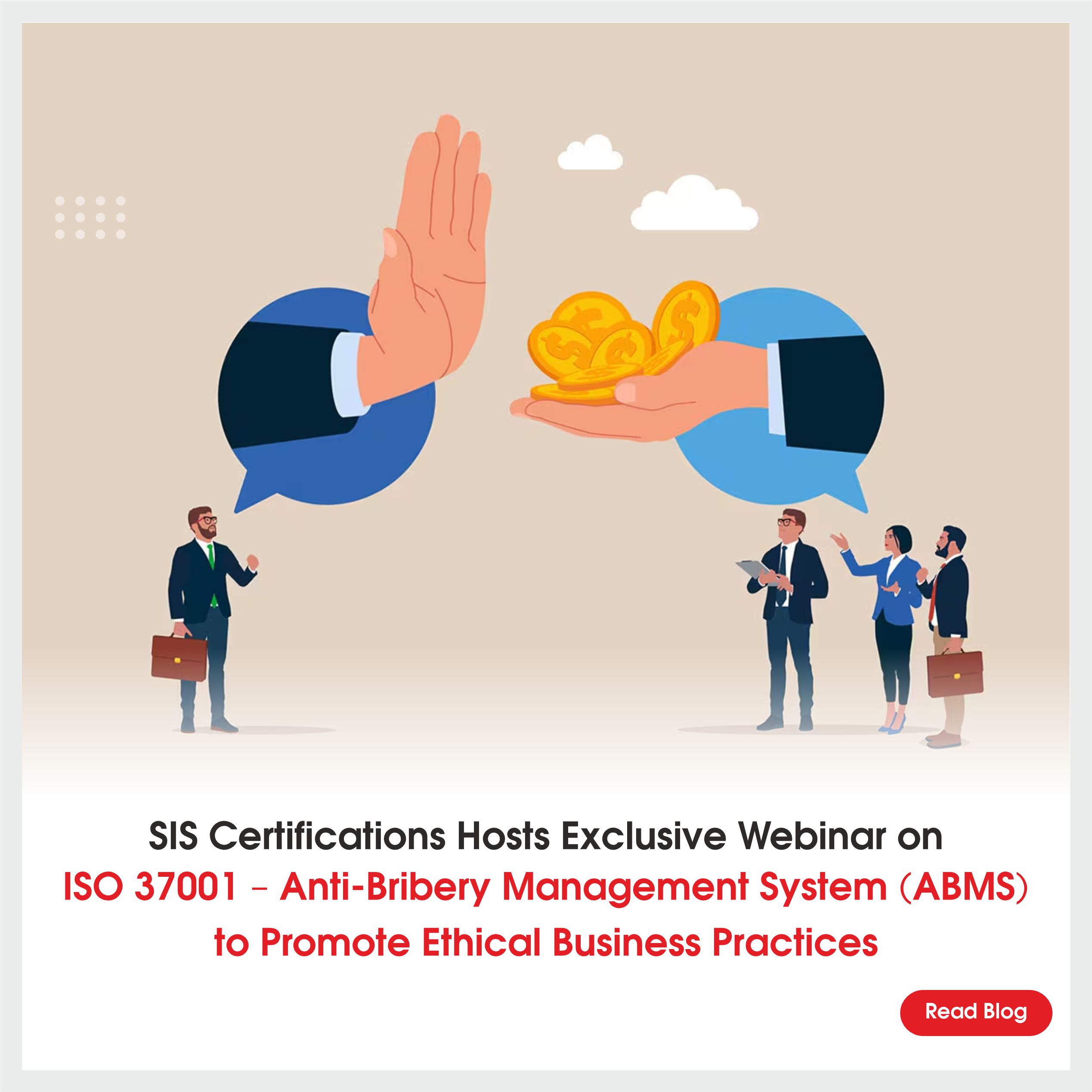The legal requirements for ISO 14001 certification are as ⮯
ISO 14001, also known as (EMS) Environmental Management System. It sets the criteria and framework for an effective environmental management system. ISO 14001 Environmental Management System. It is an internationally recognised standard that helps to improve environmental performance through using resources efficiently and reducing wastage.
ISO 14001 offers a lead auditor training program that aims to deliver the required expertise to conduct an Environment Management System (EMS) audit. It provides you with all the major auditing principles, techniques, and procedures.
The latest version of ISO 14001, also known as ISO 14001:2015, was released in September 2015. ISO 14001 latest version has brought significant changes in the structure of the Environment Management system (EMS).
It focuses more on standards and facilitates integration with other ISO standards. It provides a competitive advantage and helps to gain the trust of the entities.
ISO 14001 Certifications requirements checklist -
- Suitable environment policy
- Specifying environmental objectives and targets
- Determining an organisation’s environmental effects
- Transmission of policies and objectives within the organisation and management
- Designation of stakeholders for environment management system
- Provision of environmental adherence
- Strategy to observe and estimate the progress
- Environment management system performance audit
- Ceaseless improvement
The organisation should maintain and follow the procedures that are part of the organisation’s environmental objectives. Legal requirements are regulations related to local, national and international laws.
ISO 14001 a legal requirement, as well as an own voluntary environmental obligation. Let’s have a look at all the legal requirements for ISO 14001.
Legal requirements of ISO 14001 Certification ⮯
ISO 14001 Environmental Management System designs the critical requirements to enforce an effective Environmental Management System. These requirements are divided into ten different sections (Section 1 to Section 10) and work on Plan-Do-Check-Act (PDCA) approach.
It is necessary to understand all the sections.
Section 1 to Section 6 is in the Plan stage.
Section 7 and Section 8 are in the Do stage.
Section 9 is in the Check stage.
Section 10 is in the Act stage.
Section 1: Scope ⮯
It marks the Scope of the Environmental management system. It should meet the organisation’s environmental policies and strives to improve the industry’s environmental performance.
Section 2: Normative references ⮯
In ISO 14001, there is no normative clause.
Section 3: Terms and Definitions ⮯
- Organisation and leadership
- Planning
- Support and Operation
- Performance evaluation and Improvement
Section 4: Context of the organisation ⮯
It deals with identifying all the factors that affect the industry and understanding the requirements of the business. These aspects broadly depend on the size and nature of the organisation.
This clause aims to find internal and external factors that affect the industry and enforce best practices for an effective environmental management system.
Section 5: Leadership ⮯
It deals with allocating the roles and responsibilities within the organisation for an adequate environmental management system. It illustrates the importance of top-level management in executing and improving EMS.
Section 6: Planning ⮯
It focuses on examining any risk and opportunity that can impact the industry and formulates strategies to mitigate the risk and reap opportunities. It also analyses the industry’s interaction with the environment and compliance with legal obligations to establish an effective Environmental management system.
Section 7: Support ⮯
It addresses the needs and requirements of the management for an effective Environmental system. It promotes the flow of information, documentation and policies to ensure all the employees are well aware of the organisation’s objectives.
Section 8: Operation ⮯
This Section is related to Section 6 (Planning), which states that the organisation should evaluate all the activities hindering the organisation’s manufacturing and services. The organisation must formulate policies to meet the operational requirement for environmental control and deal with a potential emergency.
Section 9: Performance evaluation⮯
It is crucial to ensure that the organisation’s environmental management system is adequate and efficient. It involves monitoring and measuring the organisation’s current practices and identifying the areas for advancement.
Section 10: improvement⮯
It ensures the effectiveness of the environmental management system and commits to enhancing required process areas to establish an environmental management system.
Benefits of ISO 14001⮯
- Getting ISO 14001 certified ensures that the organisation complies with all the legal regulations.
- It demonstrates that the organisation is concerned about the environment and builds trust in the customers.
- ISO environmental certification helps to provide a competitive advantage to the organisation as it displays that you have an active commitment to the environment.
- It reduces the amount of waste generated by the industries as one of the requirements of ISO 14001 is that the organisation needs to demonstrate that it complies and works to achieve the environmental objectives.
How to check the validity of ISO 14001 ⮯
- To check the validity of your certificate you can go to the IAF website and search using your business name.
- You can also check the validity from the local Accreditation authority website
- You can also use the Certification body website to check the validity of your ISO Certificate.




